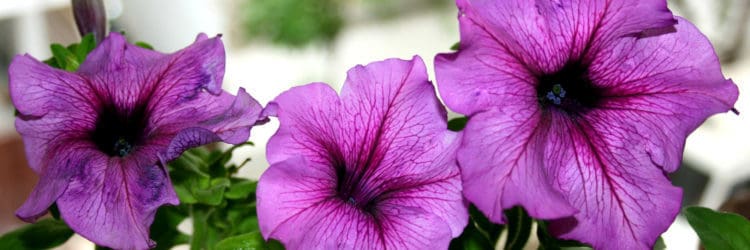The fall season brings a whole new garden of flowers to enjoy. Plus it is great fun to get your hands dirty! So here’s a few tips to help you transition to the new cool weather annuals coming in now!
- Decide “sun or shade?” All flowers have their best growing conditions, if you have sun well you need to plant sun loving flowers, shade, plant the shade lovers. Watch the area you are going to plant or set your container.
- Prepare the soil. Most annuals have fine hair-like roots that require rich loose soil with good drainage. Turn the soil with a digging fork or tiller, add Cotton Burr Compost and mix, rake area, top dress with Natures’ Blend and you’re ready to plant. The Nature’s Blend acts as a natural fertilizer and helps with controlling certain disease possibilities. If you are planting flowers in containers, use a good potting mix like Miracle Gro Potting Soil or Landscapers Pride Potting Soil.
- Pick out your flowers. Most annuls for fall and winter will last from now until mid-March-April next year. Some of our favorites for sun are petunias, snapdragons, calendula, alyssum and mums. Shade favorites include impatiens, begonias, and dianthus.
- Start planting! It’s important to know how close or far apart to plant your flowers. Most annuals need some space between each plant so they can grow to their potential. We can help you determine the plant spacing when you come in. Set out the plants in a zig zag pattern, equal spacing between each plant, to fill the area. Don’t worry if they’re not in perfect lines, in a few weeks you won’t see the ground anymore. We find it best to use odd numbers for containers depending on the size of the pot…..you’re almost done!
- Mulch, water, fertilize. Mulch makes your new planting look great, helps with weed control and reduces watering. Water the area well with a gentle shower of water; you don’t want to beat up your new young plants. Fertilize with Hasta Gro every week or Rose Glo every month.
Now go wash up and take a break. Check your new planting every day for water for at least the first couple of weeks, cutting back as the plants grow and temps cool down. If you get worried or just not sure, we are always here and ready to help!
Debbie 



Reader Interactions